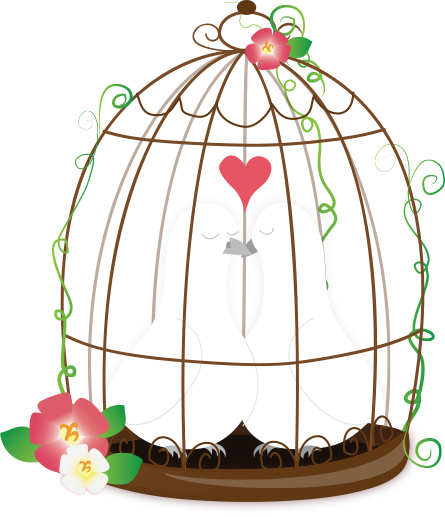The origins of the Dark Dice trace back to antiquity, wherever it surfaced as a powerful symbol addressing cosmic purchase and heavenly presence. In Mesopotamian and Egyptian civilizations, the dice symbolized security and the four cardinal guidelines, embodying the essence of the earthly realm and their position with the cosmos. The Dark Stone of the Kaaba in Mecca, draped in a dark cloth, provides as a sacred key place in Islam, getting an incredible number of pilgrims annually and symbolizing unity and spiritual connection.
Across varied cultures and opinion techniques, the Dark Dice has retained its holy symbolism. In Hinduism, the Shiva Lingam—a black stone usually designed as a cube—Black Cube the generative energy of the divine. Within esoteric traditions, the cube embodies concepts of manifestation and containment, symbolizing the material world and the potential for religious transformation.
In the realm of modern artwork and lifestyle, the Dark Dice has influenced many interpretations. Artists and sculptors, such as for example Tony Johnson and Sol LeWitt, have investigated the cube’s geometric purity and smart beauty, evoking subjects of buy, symmetry, and existential inquiry. The cube’s stark simplicity serves as a fabric for philosophical contemplation and artistic expression, tempting visitors to think their greater meanings.
Beyond their religious and imaginative significance, the Black Cube has fascinated researchers and cosmologists alike. Theoretical types of the galaxy usually depict space-time as a multi-dimensional build, similar to a hypercube—a theoretical extension of the cube in to higher sizes, tough conventional notions of truth and existence. The cube hence serves as a metaphor for the secrets of the cosmos and humanity’s journey to know the nature of the universe.
What renders the Dark Dice enduringly fascinating is its status as a mark of the ineffable—a vessel for considering profound questions about life, demise, and the infinite. Their stark geometry and black shade ask introspection and speculation, resonating with the deepest recesses of the individual psyche.
To conclude, the Dark Dice transcends mere symbolism to embody the pursuit of indicating and transcendence that defines the human experience. From historical rituals to modern interpretations, from religious iconography to medical conjecture, the cube continues to provoke question and contemplation. It attracts people to think on the secrets that sit beyond knowledge and to accept the unlimited opportunities that await our exploration.
As we unravel the mysteries of the Black Cube, we attempt a trip of discovery—a trip that transcends time and room, connecting the realms of the identified and the unknowable. The Black Cube stays an enduring image of humanity’s eternal quest for understanding and enlightenment in the facial skin of the boundless secrets of existence.
The Dark Cube—a symbol steeped in puzzle and intrigue—has traversed the epochs, leaving an indelible tag on individual consciousness. Its marked geometric sort, frequently associated with serious symbolism and clever meanings, remains to captivate scholars, musicians, and seekers of knowledge. Let us attempt a journey to solve the enigmatic symbolism of the Dark Cube.
The origins of the Dark Cube can be traced back once again to historical civilizations where it symbolized elementary methods of get, stability, and the cosmos. In Mesopotamian culture, the cube represented the earthly sphere and the four primary recommendations, embodying the quality of substance existence and heavenly harmony. That symbolism prolonged into other countries, including Egyptian and Hindu traditions, where in actuality the cube served as a image of sacred geometry and metaphysical balance.
One of the very well-known manifestations of the Black Dice may be the Kaaba in Mecca, main to Islamic tradition. Draped in a black cloth, the Kaaba symbolizes unity, commitment, and religious alignment—a testament to the enduring significance of the cube in spiritual practices.
The Black Cube is a huge issue of philosophical contemplation, addressing paradoxes of simplicity and difficulty, confinement and liberation. Their geometric efficiency attracts introspection in to the nature of reality and existence. Psychiatrist Carl Jung explored the archetype of the cube as a symbol of wholeness and integration within the mind, sending the human pursuit of internal equilibrium and self-discovery.
In the region of artwork and lifestyle, the Black Dice has inspired innovative interpretations across varied mediums. Artists such as for example Tony Johnson and Sol LeWitt explored the cube’s minimalist beauty and spatial makeup, touching in to its symbolic resonance to evoke themes of get, framework, and existential inquiry. The cube’s stark existence encourages people to contemplate the interaction between form and indicating, showing the convergence of artwork and philosophy.
The Black Cube also sees resonance in clinical contexts, specially in cosmology and theoretical physics. Theoretical models of larger sizes usually reflect space-time as a multi-dimensional develop similar to a hypercube—a theoretical extension of the cube tough conventional notions of truth and perception. The cube therefore acts as a metaphor for the secrets of the market and humanity’s quest to comprehend the infinite.
